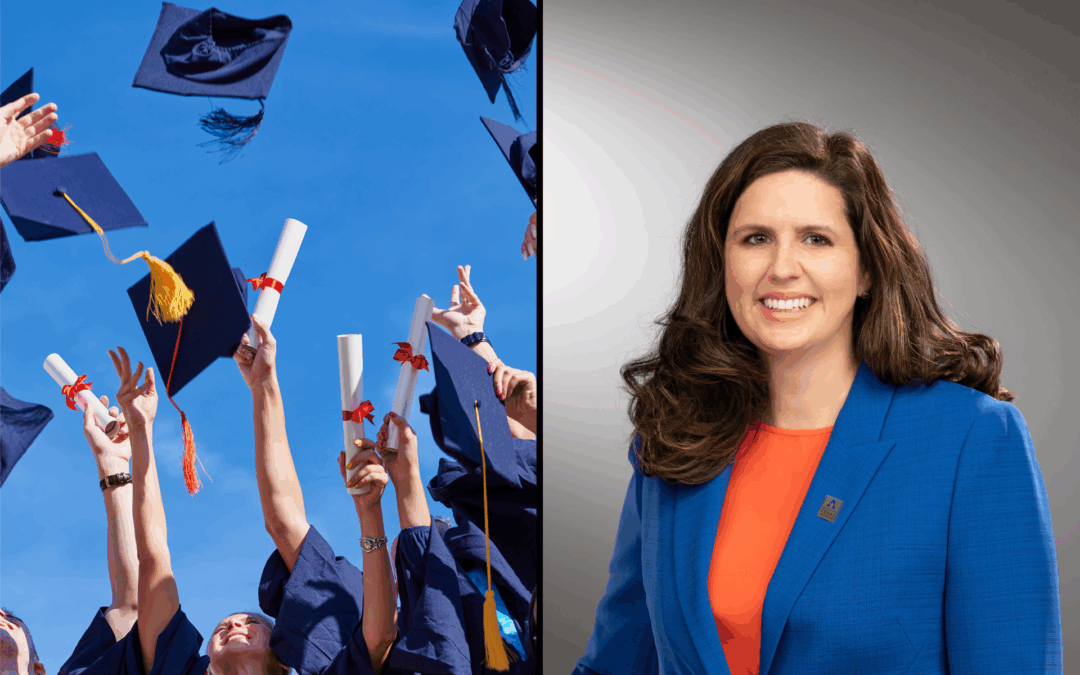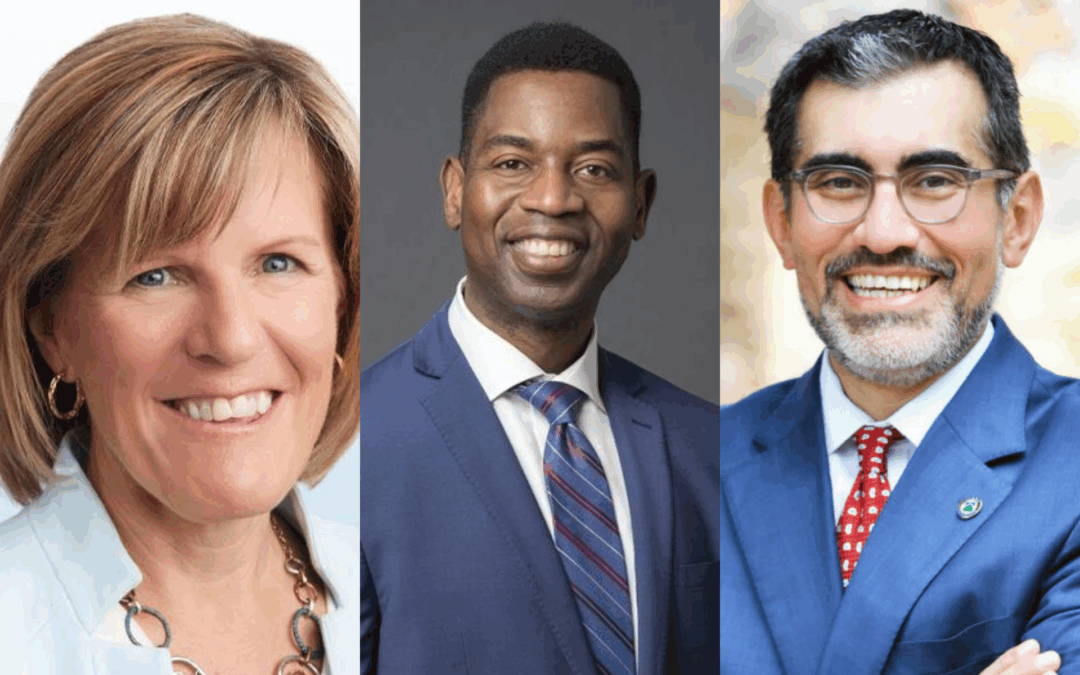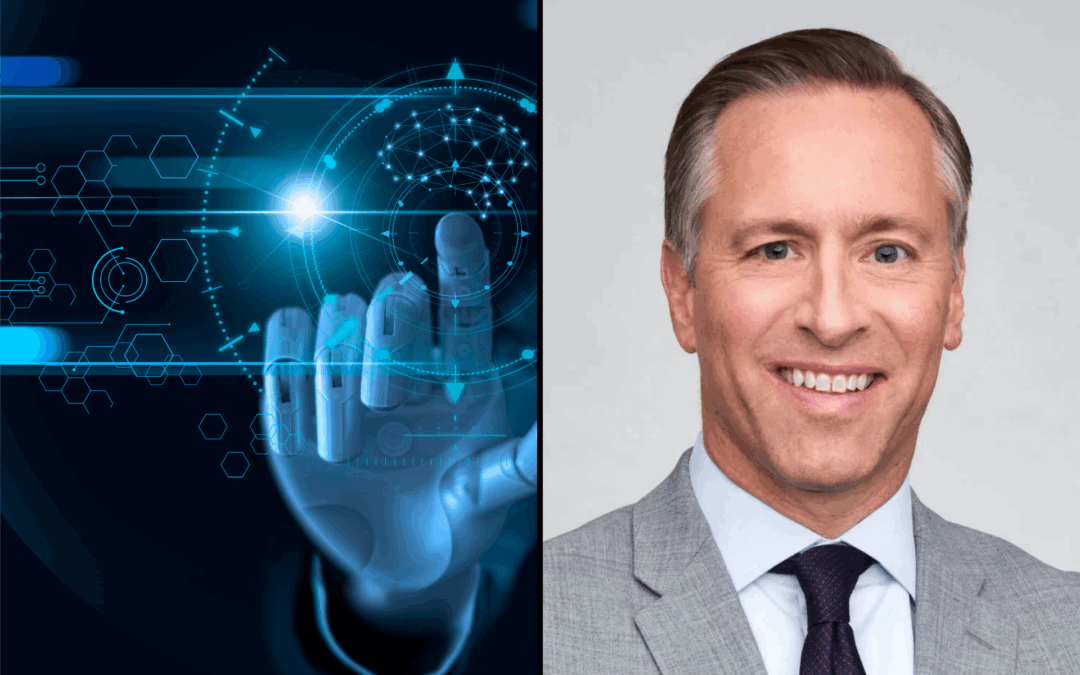
WCET: Future of EdTech
WCET: Future of EdTech
Big thing:
AI will be a “game changer” for higher education, enabling highly personalized support throughout the student lifecycle while potentially reducing costs.
Why it matters:
The current disconnect between the cost and price of distance education prevents students from realizing savings from technology implementation.
The big picture:
Personalized, AI-enabled education has the potential to transform access, affordability, and completion rates—changing families’ lives for generations.






Recent Comments